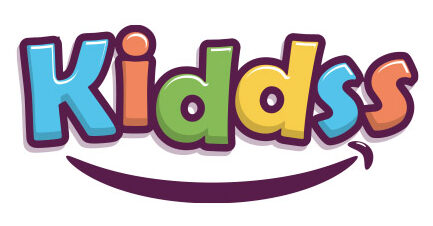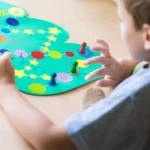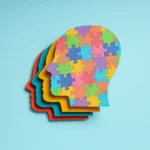Imaginative play is a powerful force in early childhood development. It’s more than just fun — it fuels creativity, critical thinking, emotional understanding, and even problem-solving skills. From pretending a pancake can talk to dancing with teddy bears, these silly moments lay the foundation for lifelong learning.
1. Why Imaginative Play Matters
Children naturally explore the world through play. Pretend play, especially the kind that’s quirky or unexpected, stimulates:
- Language development
- Abstract thinking
- Social interaction skills
- Confidence building
For example, when a child acts out a story where a jellybean flies a spaceship, they are not only using creativity but also practicing sequencing, storytelling, and vocabulary.
2. The Science Behind the Giggles
Laughter and imagination go hand-in-hand. According to child psychologists, children who engage in silly, pretend scenarios are better at handling emotional challenges. Activities that spark spontaneous laughter release dopamine, helping kids feel good while learning.
Key fact: Laughter also reduces stress in children, helping to build resilience — an essential life skill.
3. Silliness as a Learning Tool
Pretending a shoe can snore or a duck wears a hat too tall may sound absurd, but these interactions challenge the child’s cognitive flexibility. They learn to bend reality, consider alternate perspectives, and adapt new rules for fun — all signs of advanced executive function.
4. Imagination Sparks Empathy
When a child pretends to host a tea party with toast and jam, they are practicing role-play — stepping into another “character’s” shoes. This is a gateway to empathy and social awareness. Engaging in silly scenes helps them understand others’ emotions, even if it’s just a sleepy can of peas!
5. Encouraging Whimsical Play at Home
Here’s how parents and educators can invite more imaginative play:
- Allow space for open-ended stories
- Ask playful, unexpected questions (“What if jellybeans had legs?”)
- Keep props like puppets, toys, and dress-ups handy
- Avoid correcting absurd play — embrace it!

6. Balancing Fun and Safety
While creative play is essential, it’s important to ensure it stays safe and supportive. Some tips:
- Supervise imaginative play with small objects (e.g. food, crafts)
- Be mindful of content that might confuse or frighten younger kids
- Reinforce the difference between pretend and real-world safety (e.g. don’t jump off furniture like superheroes)
⚠️ Caution for Parents and Educators
Though whimsical stories are great fun, always observe if a child seems overly withdrawn into fantasy or uses silly behavior to avoid real issues. Encourage play while also maintaining structure and emotional check-ins.
✉️ Want to share your story or contribute an article?
Contact us at info@kiddss.com — we’d love to hear from you!











